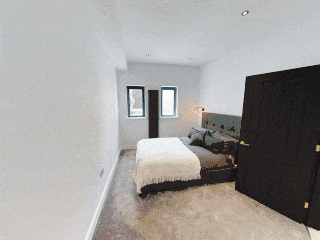
And without trying it, your confusion would be understandable. Some of you might still be wondering what VR is.

Without calibrating any of the bells and whistles, putting the headset on was as easy as putting on sunglasses. The technology was Windows Mixed Reality, Microsoft’s platform for VR using an Acer headset. You can stroll down the road, admiring the comparative features of each home. An example builders or architects can show off to clients. The next demo we entered was a street of houses. The textures aren’t highly detailed representations, but enough to get a feel for the home and spot flaws or opportunities in the design. What is 4×4? What is 3×4? Is the kitchen going to be big enough? Is the bedroom going to accommodate a king size bed?” His technology takes the guesswork out of the process. Owner and master programmer Armen Grigorian spoke from experience about the challenges of building a home: “There are a large number of people who have difficulty visualising a floor plan. Much akin to an out of body experience, we were able to fly above the rooftop inspecting the tiles and surrounding buildings. If you have a larger space, it would be possible to walk through the house physically. Two controllers, one for each hand, teleport you around the home with the flick of a button.

With the goggles on, you can move your head around, physically walk around and even duck to peer around objects. We were transported into a Scandinavian home on a rainy day. So, when we donned the oversized goggles at the bustling Home Show, we were astonished. Yet, past the impressive demos, it struggles to find its feet as something useful. Everyone is trying to capitalise on the exciting new tech. The term VR is often thrown around these days.

The Home Show is already known for modern technology and design Property Start 360 bolstered that claim with their virtual reality (VR) approach to traditional floor plans.


 0 kommentar(er)
0 kommentar(er)
